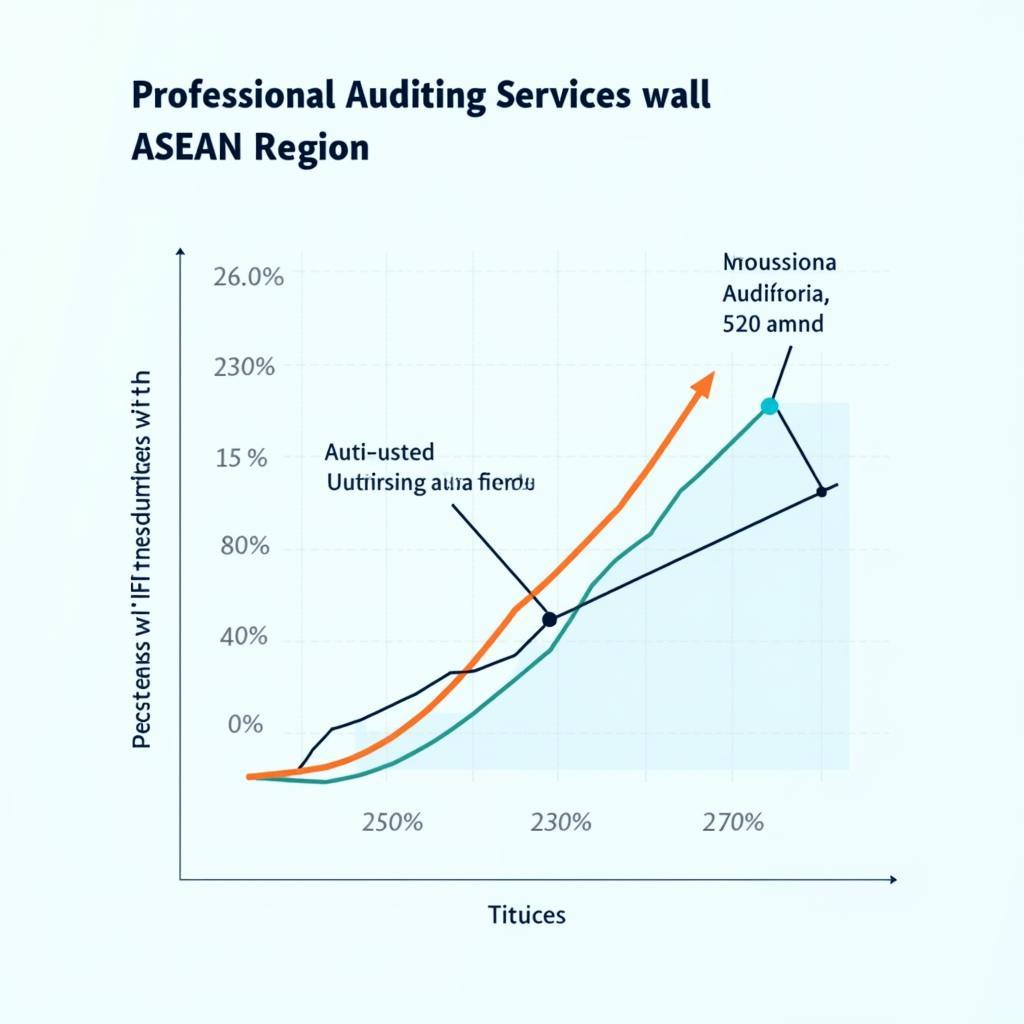The Association of Southeast Asian Nations (ASEAN) comprises 10 dynamic member states, each contributing to a rich tapestry of cultures, economies, and political landscapes. This vibrant region offers a wealth of opportunities and experiences, making it a focal point for global interest. We’ll delve into the diverse characteristics of these 10 Asean States, highlighting their individual strengths and collective power.
Unveiling the Diversity of the 10 ASEAN States
ASEAN, founded on August 8, 1967, with the signing of the Bangkok Declaration, represents a diverse group of nations united by a common goal of promoting regional peace, stability, and prosperity. The 10 ASEAN states represent a fascinating blend of ancient traditions and modern advancements. From bustling metropolises to serene rice paddies, each country boasts unique attractions and opportunities. Understanding the individual characteristics of these nations is crucial for grasping the full potential of the region. You can find more about the ASEAN members on 10 anggota asean dan kapan bergabungnya.
The Founding Fathers: Indonesia, Malaysia, Philippines, Singapore, and Thailand
These five nations laid the foundation for ASEAN, driven by a shared desire for regional cooperation and development. Indonesia, the largest archipelago in the world, boasts incredible biodiversity and a rich cultural heritage. Malaysia, a melting pot of Malay, Chinese, and Indian influences, is known for its economic dynamism and modern infrastructure. The Philippines, with its stunning beaches and warm hospitality, is a popular tourist destination. Singapore, a city-state renowned for its efficiency and innovation, serves as a major financial hub. Thailand, the “Land of Smiles,” attracts visitors with its vibrant culture, ancient temples, and delicious cuisine.
The Expanding Circle: Brunei, Vietnam, Laos, Myanmar, and Cambodia
The subsequent inclusion of these five nations broadened ASEAN’s reach and further diversified its membership. Brunei, a small but wealthy nation, is known for its oil reserves and Islamic traditions. Vietnam, with its rapidly growing economy and rich history, has emerged as a key player in the region. Laos, a landlocked country with stunning natural beauty, offers a glimpse into a more traditional way of life. Myanmar, a nation undergoing significant political and economic transformation, possesses a rich cultural heritage and untapped potential. Cambodia, home to the magnificent Angkor Wat, is a testament to the region’s ancient civilizations. More details about ASEAN members can be found on 10 bansang kasapi ng asean.
What are the key industries in each ASEAN state? Each nation possesses unique economic strengths, ranging from manufacturing and tourism to agriculture and natural resources.
Economic Powerhouse: The Combined Strength of the 10 ASEAN States
Collectively, the 10 ASEAN states form a significant economic force. The region’s combined GDP and growing middle class make it an attractive market for international businesses. ASEAN’s strategic location and focus on regional integration have facilitated trade and investment, contributing to its economic dynamism. For more on the ASEAN member states, visit 10 asean member states.
What is the role of ASEAN in global politics? ASEAN plays a vital role in promoting dialogue and cooperation on regional and international issues, contributing to peace and stability in Southeast Asia and beyond. You can find information related to ASEAN at anggota asean.
Challenges and Opportunities for the 10 ASEAN States
While ASEAN has achieved remarkable progress, it also faces numerous challenges. Addressing issues such as economic disparity, environmental concerns, and political stability is crucial for the region’s continued development. However, these challenges also present opportunities for innovation, collaboration, and growth.
Conclusion: The Future of the 10 ASEAN States
The 10 ASEAN states stand at a pivotal moment in their history. By embracing collaboration and addressing their challenges head-on, they can unlock the full potential of this dynamic region. The future of ASEAN promises continued growth, innovation, and prosperity for all its member states.
Expert Insights:
- Dr. Anya Sharma, Southeast Asian Economist: “The diversity of the 10 ASEAN states is both a strength and a challenge. By leveraging their individual strengths and fostering collaboration, ASEAN can achieve even greater economic success.”
- Professor Michael Tan, Political Analyst: “ASEAN’s commitment to regional cooperation is crucial for maintaining peace and stability in a complex geopolitical landscape.”
- Maria Santos, Cultural Anthropologist: “The rich cultural heritage of the 10 ASEAN states is a treasure trove waiting to be explored. Understanding and appreciating these diverse cultures is essential for fostering understanding and cooperation within the region.”
FAQ
- What is the purpose of ASEAN?
- Which countries are members of ASEAN?
- When was ASEAN founded?
- What are the main goals of ASEAN?
- How does ASEAN promote regional cooperation?
- What are some of the challenges facing ASEAN?
- How can I learn more about the 10 ASEAN states?
You might also be interested in exploring more information available on ase standardoutput.
For assistance, please contact us:
Phone Number: 0369020373
Email: [email protected]
Address: Thon Ngoc Lien, Hiep Hoa, Bac Giang, Vietnam.
We have a 24/7 customer support team available to help you.


